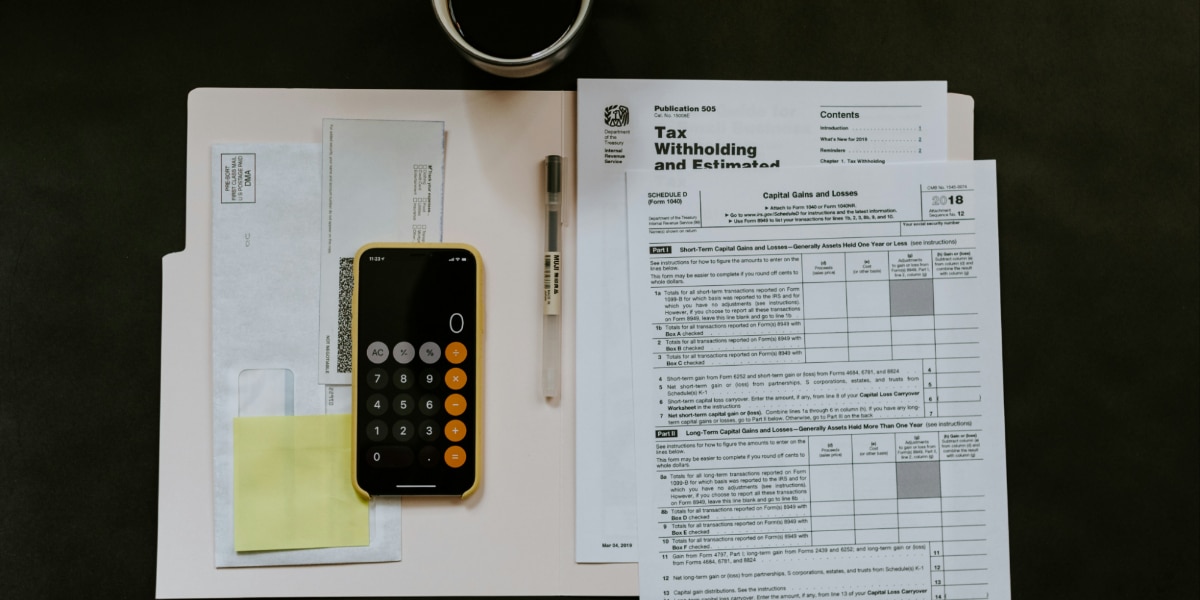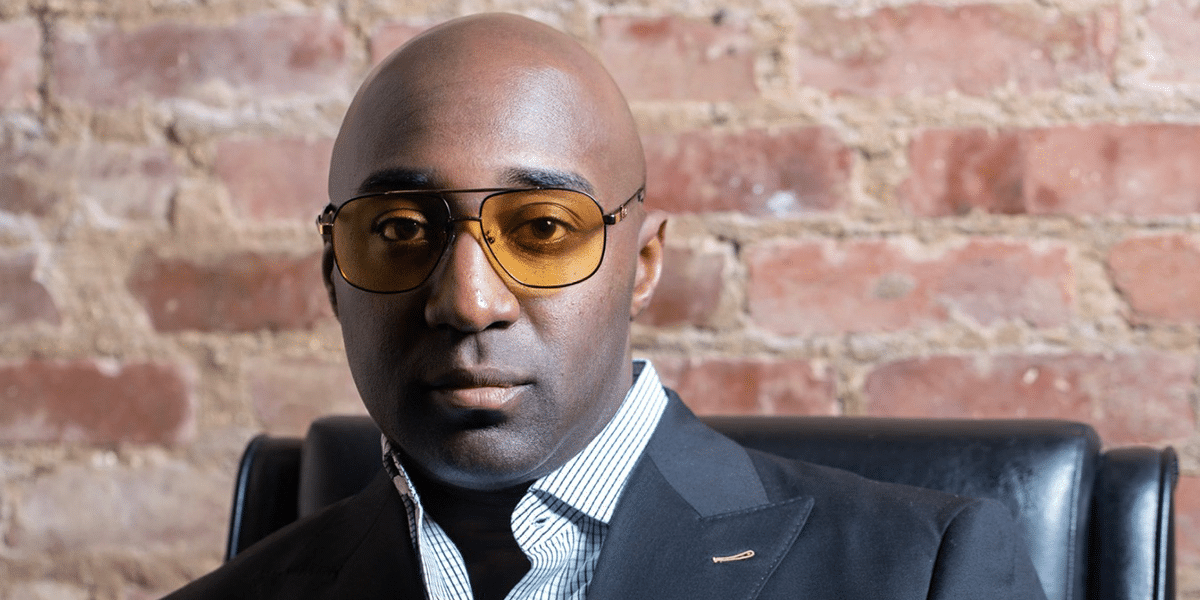Image Commercially Licensed From: DepositPhotos
Inception and Transformation
Lollapalooza, conceived by founder Perry Farrell in 1991, started as a farewell celebration for Jane’s Addiction, touring over 20 spots across North America in its inaugural year. Originally intended as a conclusion, the festival has defied expectations, evolving over the past 30 years. Despite initial roots in Chicago, Lollapalooza has become a global phenomenon, establishing international outposts across the world.
Cultural Impact
Affectionately known as “Lolla,” the festival’s growth has significantly impacted the festival landscape in the US. From its modest beginnings with seven acts, Lollapalooza has expanded to feature over 100 performers today. The festival brought diverse musical genres and incorporated art, alternative showcases, Shaolin monks, and political/environmental activism. It emerged as a cultural spectacular, transcending the boundaries of a typical music festival.
Shifts in the Nineties
The mid-nineties marked a pivotal period for Lollapalooza, coinciding with the rise of alternative rock into mainstream prominence, led by grunge artists like Nirvana. The festival, originally a two-day event, faced challenges when Nirvana pulled out of the 1994 lineup following Kurt Cobain’s untimely death. By 1997, Farrell was no longer involved, and rock music experienced a decline, leading to a hiatus for Lollapalooza after that year’s edition.
Resurgence in Chicago
In 2005, Perry Farrell revived Lollapalooza in partnership with major entertainment companies. Departing from its touring format, the festival found a home in Chicago’s Grant Park along the waterfront. What began with 65,000 attendees in 2005 has grown exponentially, attracting over 100,000 music enthusiasts daily, totaling 300,000 attendees over the three-day weekend. The event, featuring 170+ shows on eight stages, has become a highlight in late July and early August, transforming Grant Park into a vibrant musical haven.
Global Expansion
Maintaining its touring tradition, Lollapalooza expanded globally, marking its international debut in Santiago, South America, in 2011. São Paulo joined the roster in 2012, followed by Buenos Aires in 2013. The first European edition took place in Berlin in 2015. Today, Lollapalooza is ingrained in the cultural fabric of Chile, Brazil, Argentina, and Germany, leaving enthusiasts anticipating where it might appear next.
Challenges and Adaptations
Scaling Up
While Lollapalooza has achieved remarkable success, the exponential growth in attendance poses logistical challenges. Managing over 100,000 daily visitors demands meticulous planning to ensure a seamless experience and maintain the festival’s reputation for excellence.
Conclusion
Lollapalooza’s journey from a farewell tour to a global phenomenon reflects the dynamic nature of the music and festival industry. Its impact on culture and international expansion solidifies Lollapalooza’s standing as a powerhouse in the world of live music events. As the festival continues to evolve, its ability to adapt and resonate with diverse audiences remains key to its enduring success.







